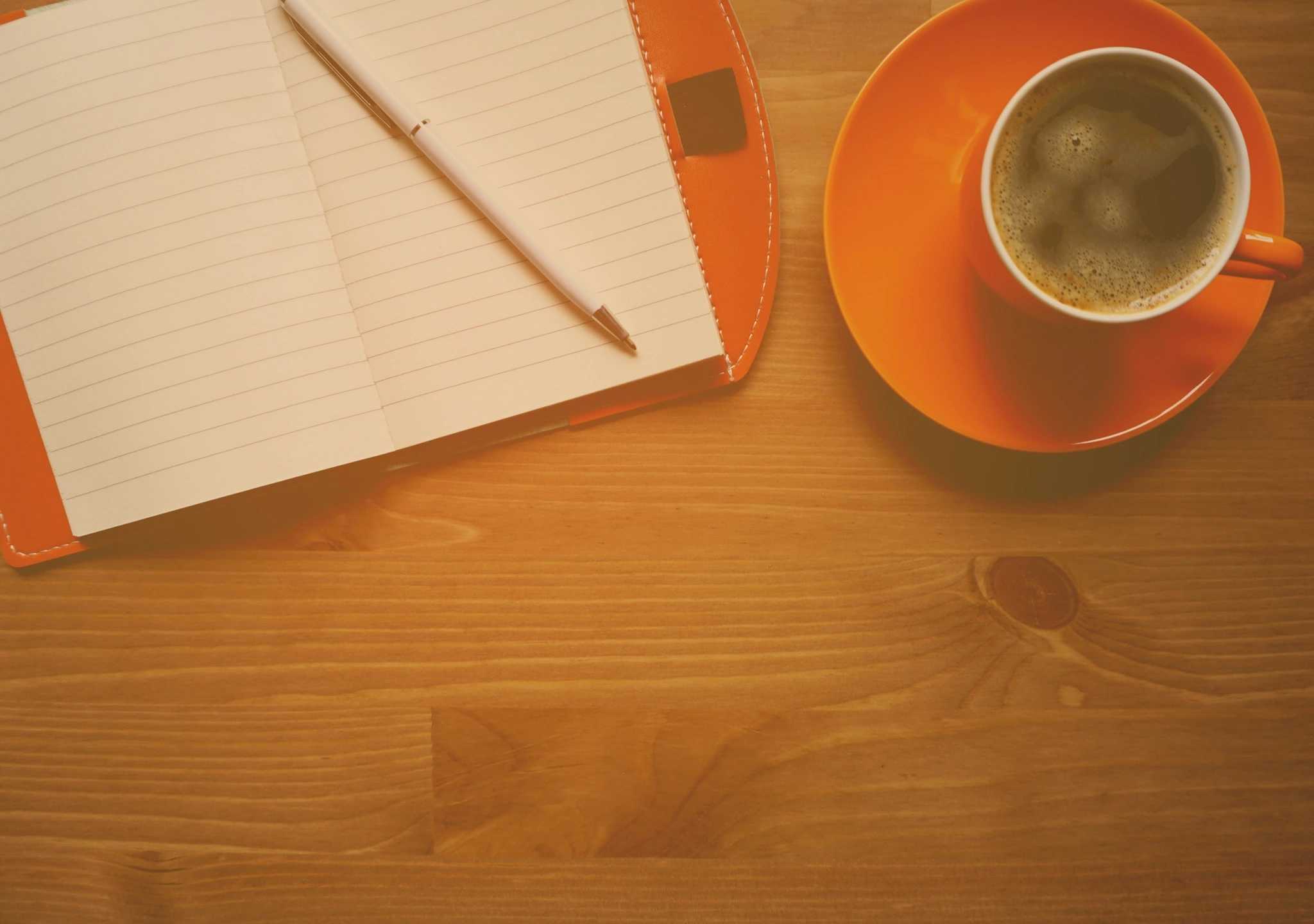“Unto thine own self be true, and then as night follows day thou will then not be false to any man.” origin unknown
Music has a feeling. It affects an emotion. It has something specific to be experienced.
Literature has a core. It has an idea or maxim or story to tell.
The highest bar in art tells a story, of an event, or interprets a personality.
Everything expressed has a cause or purpose for being.
Every human being is unique and has specific personality traits and peculiarities.
What do the spaces in which you live and move and have your being say about you.
The most successfully designed residential interiors have an ambiance which manifests the personality of it’s occupants.
It may, or may not, reflect the trends and times in which it is made.
It is in a style of expression which mirrors it’s users choices.
Those residential interiors done primarily for status or fashion or commercial purposes can be empty, cold, and lacking in personality.
The intelligent use of the laws and principles of aesthetics are used to interpret that personality.
To mirror the personality of the one, with out knowledge, for whom the spaces are designed is the ultimate bar for a successfully completed residential interior.
When making those decisions, selecting those choices, making the plans, and executing such, be true to your self.
How truly do your residential interior spaces reflect the real you?
Food for thought.
